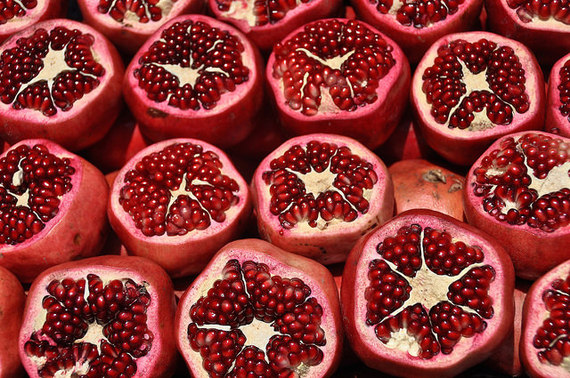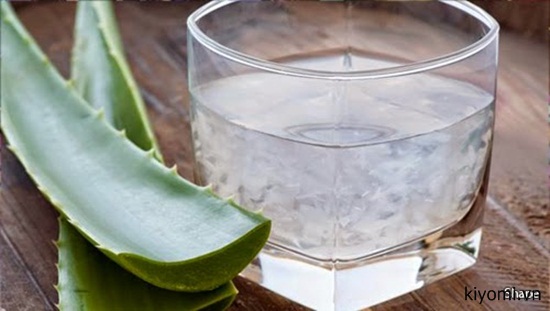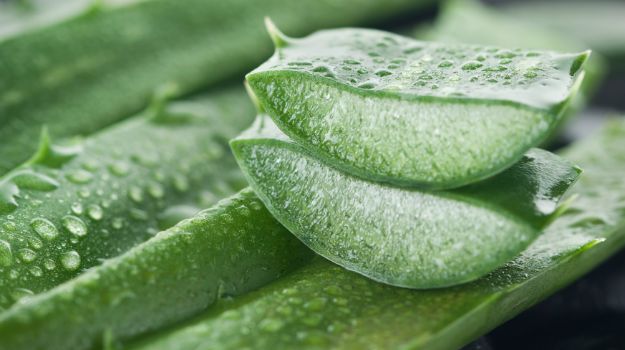10 health benefits of drinking orange juice

Orange juice is a popular morning time beverage, as it’s not only refreshing but offers much nutritional value, too. Oranges and orange juice are a great snacking option because they are low in calories and packed with nutrients that offer countless health benefits.
Oranges contain over 170 different phytochemicals and over 60 flavonoids, which are known to have anti-inflammatory and antioxidant effects. So how exactly do these phytochemicals and flavonoids benefit you? Well, the list below will definitely make you consider consuming more oranges and orange juice on a regular basis.
Health benefits of drinking orange juice
#1 Source of vitamin C
You may be familiar with the benefits of vitamin C to ward off a cold, but vitamin C is much more important than just that. Vitamin C is best absorbed by the body through food and beverage form, as it cannot be synthesized by the human body. Two glasses of orange juice a day can increase vitamin C concentration within your body by 40 to 64 percent.
Vitamin C is beneficial as it helps fight off free radicals that can contribute to early aging and helps the absorption of other essential nutrients as well, including iron and calcium.
#2 Immune system boost
To continue our discussion of vitamin C, orange juice and its nutritional content help boost the immune system. Vitamin C is a powerful antioxidant that helps provide the immune system with a much needed boost, all the while fighting off free radicals that can damage the immune system lowering its ability to tackle the illness.
#3 Source of fiber
When you think of fiber, you probably think of grains, but believe it or not orange juice comes with a high fiber content, which is useful for bowel regularity and cholesterol levels.
One large orange contains 18 percent of your daily recommended fiber intake.
#4 Prevention of kidney stones
Kidney stones are well known for being a highly painful condition, so if you want to ward them off, it’s best that you get sipping on some orange juice. Orange juice contains citric acid and citrates, which are believed to help reduce the risk of kidney stones. Furthermore, potassium citrate is often prescribed to kidney stone patients as treatment and the citrates found in oranges have been found to have similar effects.
#5 Improved blood circulation
Our muscles, organs, and basically everything in our bodies require a blood supply in order to function properly. But if blood isn’t circulating, then our internal parts can’t receive the nourishment they need.
Oranges have a high folate count, which is necessary for the creation of DNA and new cell growth. Folate also protects cells from damage and mutation and wards off free radicals.
Folate is also necessary in the formation of new red blood cells, along with stimulating blood flow to extremities. So if you have cold hands and feet, consuming more orange juice may be a simple fix.
#6 Reduced inflammation
Normally, inflammation is the body’s response to stimuli as a form of protection, but inflammation has a negative side as well, which can lead to pain and other complications. Citrus fruits in general have been hailed as anti-inflammatory agents and consuming citrus can help ward off metabolic syndrome that can lead to complications such as type 2 diabetes.
Orange juice can help reduce inflammation all the while protecting the heart – which can save you from chronic conditions.
#7 Balanced blood pressure
There are many components to lowering blood pressure. Reducing salt is one of them. Another way to lower blood pressure is to increase potassium intake – found in abundance in orange juice.
Other studies have shown that components found in orange juice can help activate small blood vessels, helping reduce overall blood pressure, along with reducing the risk of cardiovascular events, too.
#8 Improved cholesterol
We briefly mentioned that orange juice’s fiber content can help aid with cholesterol, but there is another mechanism in oranges at work – still not fully understood – that has been shown to help improve cholesterol numbers. What we do know is, cholesterol levels can have a large impact on heart health and overall health, so until science truly figures out the why and how, it’s safe to say that consuming orange juice in the meantime is a good daily practice to control your cholesterol.
#9 Radiant skin
Orange juice is packed with antioxidants – this so far has been made quite clear – and these antioxidants can also leave you with radiant skin. Antioxidants fight off free radicals, and those found in orange juice can protect your skin from sun damage and pollution, prevent wrinkles, and improve overall skin texture.
Additionally, vitamin C plays a role in the formation of collagen, which gives our skin that youthful look. Therefore, drink up for some beautiful-looking skin!
#10 Improved heart health
We already mentioned quite a bit of heart health benefits of orange juice, including boosting blood circulation, lowering cholesterol, and improving blood pressure. It is important to keep all of these factors at healthy levels as they can affect your heart health. Unmanaged cholesterol and blood pressure put added stress on the heart, increasing the risk of cardiovascular disease and other cardiac events.
Oranges have all the right ingredients to help protect your heart overall.










